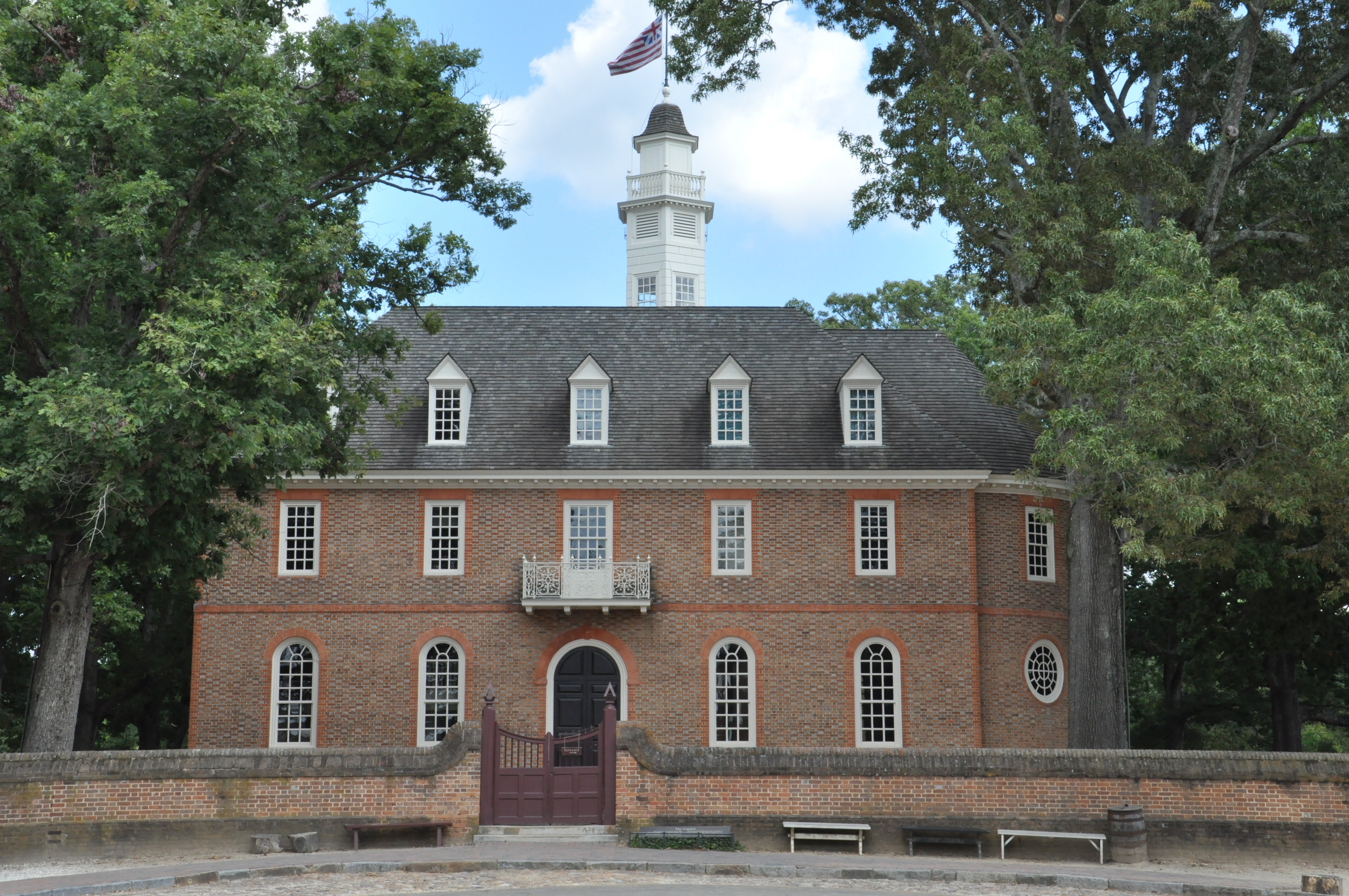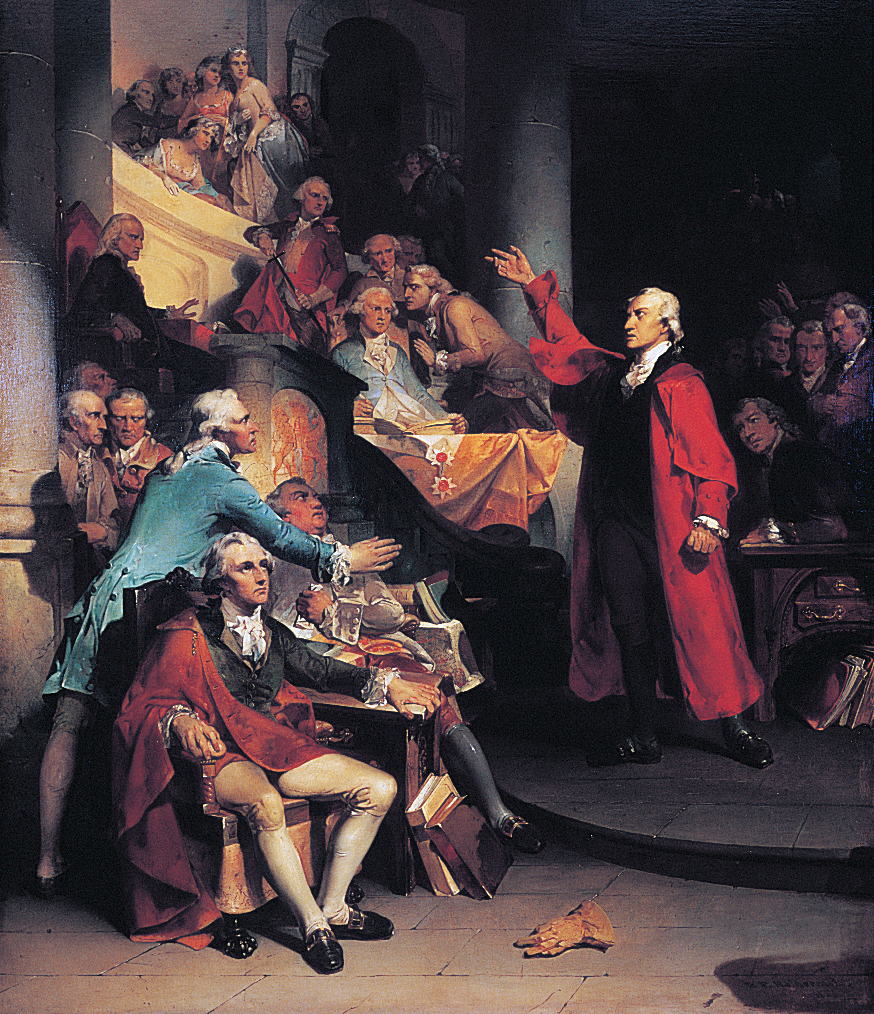House of Burgesses, << BUR jehs ehz, >> was the first representative legislative body in colonial America. The House of Burgesses first met at Jamestown, then the capital of Virginia, on July 30, 1619. Governor Sir George Yeardley called the meeting. The session included two citizens, or burgesses, from each of the 11 boroughs (subdivisions) of Virginia.

The first act of the body was to approve an official great seal for the colony. The House also claimed the right to act on all tax laws. In 1621, the House received the authority to make all legislation, but the governor and his council had the right of veto. The House conformed to English law and used the same procedure as the English Parliament.
After the death of King James I in 1625, the English government became occupied with its internal affairs. From then on, the House of Burgesses managed the affairs of the colony. The failure of Governor Sir William Berkeley to call a new election to the House was one of the many grievances that led to Bacon’s Rebellion in 1676 (see Bacon’s Rebellion ).

The House of Burgesses was not completely democratic. But it contributed to the development of representative government in colonial America. When it was temporarily dissolved in 1774, its members met in the first revolutionary convention of Virginia. There they elected delegates to the First Continental Congress. Some members of the House of Burgesses became leaders of the Revolutionary War in America (1775-1783).
